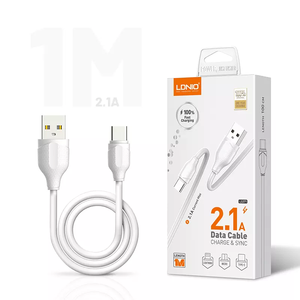(52303 products available)





















































































































































































































USB extensions are available in different types and are mainly categorized based on their connections.
USB to USB Extension
This kind of USB extension reaches longer distances than the usual standard. It connects a USB device to a computer without any direct connections. The cables primarily consist of two standard terminal heads at the extension's end and a cord linking them. Therefore, users can plug both ends into any USB ports and hence, create a longer direct connection of USB to USB
USB C Extension
USB C extensions are modern extensions mainly used for electronic devices. They are fast, safe and uncomplicated to use. USB type C extensions are different from other kinds of extensions because of their shape. They have smaller plugs, and both ends of the cable have identical connector heads. Therefore, they can be easily inserted into their respective ports since they are reversible.
Lightning Extension
Lightning extensions are regulated by Apple being a certified cable, it can connect to any accessories that are approved by the Mfi battterype. These cables are connected to iOS devices such as iPads and iPhones. However, a lightning adapter is required to connect to devices that have a USB port.
HDMI USB Extension
The primary HDMI cable extensions function is to transfer video and audio from one device to another. For instance, one can connect a laptop to a TV using an HDMI cable. Nonetheless, an HDMI extension cable is not the same as a regular cable. It has longer reach capabilities than the usual standard and is used to connect two HDMI devices without direct connection. To make this possible, the cable transfers the data electronically. Distance is not a problem because the cable can transmit signals electronically.
USB Multiport Extension
A USB multiport extension connects multiple devices to a single port. It consists of many USB ports on one device. It enables different devices to be connected to a computer or any other electronic device that has one USB port.
Function: Extend USB Range
A USB extension cable's main purpose is to extend the distance from an existing USB port on a computer, laptop, or wall socket to a device. This allows the user to plug and unplug devices without having to reach behind a bulky computer or move it around to get to the ports. One end of the cable plugs into the USB port, and the USB male to female adapter at the other end provides a female port to connect a device. This allows users to easily access USB ports from the front or side instead of the back, which is more convenient.
Function: Reduce Wear and Tear
Constantly plugging and unplugging USB devices directly into a computer can cause the ports to wear out over time. Using a USB extension cord instead provides a female port to plug devices into, reducing the need to repeatedly use the original male connector. This can help keep the computer's USB ports in good condition for a longer period of time.
Function: Arrange Cords Better
A USB extension cable also allows users to do a better job of organizing where devices are plugged in. The cable lets people position and move USB devices to more convenient locations on their desk instead of the computer. This can help reduce clutter when working with many USB devices at once.
Feature: Shielded for Less Interference
Good quality USB extension cords are often made with shielded cable, meaning they have an extra layer to reduce interference from other electronics. This can help prevent issues with signal quality when transferring data. High-quality cables may also come with features like gold-plated connectors that provide a better connection and avoid corrosion over time.
Feature: Transfer Data and Charge Batteries
USB extension cables are designed for both data transfer and charging electricity. This means users can use the same cord to move data between devices and charge things like phones, cameras, and tablets. The cable works for both purposes. Specific types of USB cables allow faster data transfer speeds and charging power as well.
Feature: Different Lengths Available
USB extension cords come in various lengths so that users can choose one that works best for their needs. Shorter cables, like 3 feet, are good for extending something only a little distance, while longer ones can reach up to 30 feet if needed. Multiple lengths provide flexibility to select the right option for different situations.
USB extensions can be useful in various application areas. Here are some possibilities:
When choosing a USB cable extender, there are various factors that one must consider that will meet specific requirements. Below are some of them;
Q1: What are the benefits of a USB extension cable?
A1: USB extended cables make it easier to reach devices, reduce wear on USB ports, customize setups, and improve safety by extending access.
Q2: What is a USB extension cable?
A2: A USB cable that lengthens the existing cable is called an extension cable. It has a male head at one end to plug into the port on the device and a female head at the other end to accept the plug of the regular USB cord.
Q3: How to determine the required length for a USB extension cable?
A3: Assess the distance between the device and the port. A short cable will suffice if users can easily plug the device into the port. However, choose a longer one if it's challenging or inconvenient to plug the device into the port.
Q4: What are the key features to consider when choosing USB extension cables?
A4: important features to consider are length, type, speed (USB 3.0 or 3.1), power delivery, connector quality, and construction.
Q5: What are the risks of using a USB extension cable?
A5: If not properly selected and used, a USB extension cable can cause data loss, power delivery problems, and physical damage to devices.